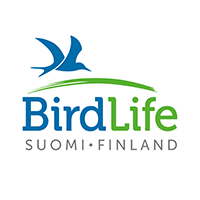Proximity of shrub nests to ground nests increases the chance of ground nest predation
DOI:
https://doi.org/10.51812/of.136659Avainsanat:
artificial nest, daily survival rate, forest edge, plasticine egg, predator community, predator-prey relationshipsAbstrakti
In nature, ground-nesting birds rarely nest under an active shrub nest of another species. In the case of the proximity of the two nest types, we assumed that if a nest predator finds one nest, it will most likely rob the other nest as well. To test this, we exposed artificial nests with one quail and one plasticine egg on shrubs and underneath on the ground, in oleaster shrub rows and forest edges. We found a higher predation on ground nests than on shrub nests in both habitats. More importantly, predation events in shrub nests resulted in a higher predation of more concealed ground nests too. Our results suggest that proximity of two nest types can be detrimental to predation pressure, especially in forest edges.
Tiedostolataukset
Julkaistu
Versiot
- 2024-10-18 (2)
- 2024-07-30 (1)
Numero
Osasto
Lisenssi
Copyright (c) 2022 Jenő J. Purger, Kornélia Kurucz, Dragica Purger, Péter Batáry

Tämä työ on lisensoitu Creative Commons Nimeä 4.0 Kansainvälinen Julkinen -lisenssillä.








